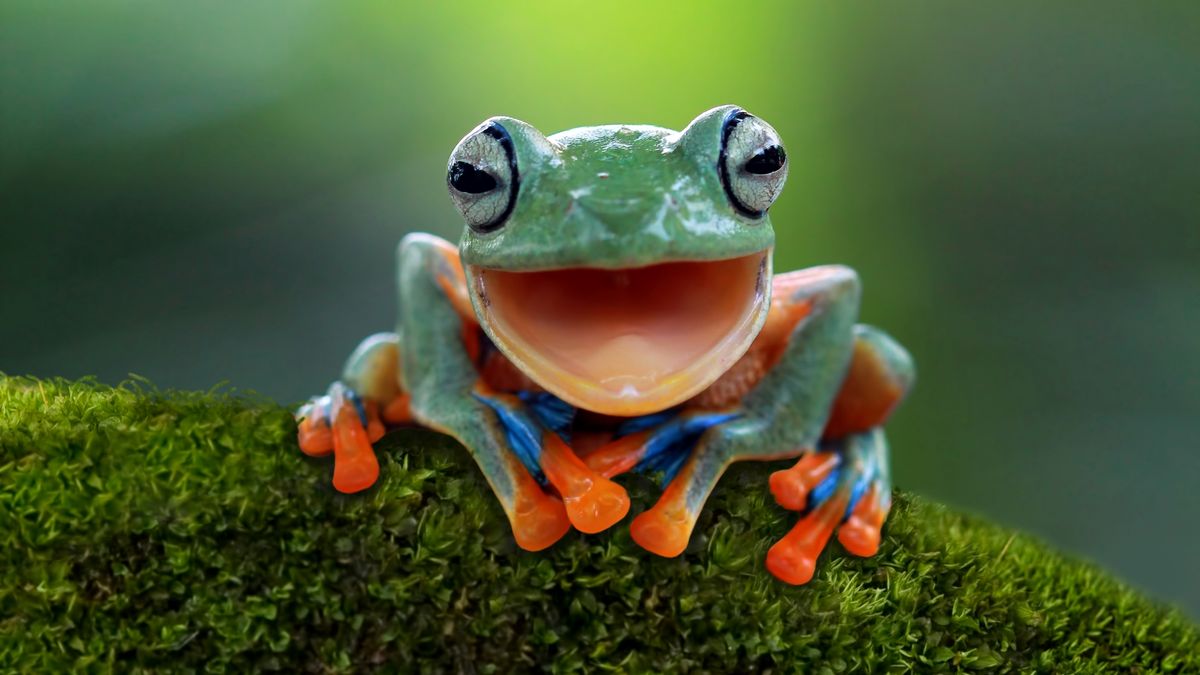Breeding😏
Male frogs make calls to attract the females during the mating season. The female will choose a male whose call she likes, and the male will grab her as she releases her eggs in a mating hug called amplexus. Almost all frog species fertilize the eggs outside the female’s body. Amplexus can last hours, days, or in some species like the Andean toad, months. The mother will lay two to more than 50,000 eggs depending on the species.

In many species, the male will guard the eggs. He may transport them on his back, in a pouch in his belly, or in his mouth to a safe location until they hatch into tadpoles. Although the father is more likely to perform this task, the mother also performs these tasks in some species. In some cases, both parents will take turns babysitting the eggs.
Certain species have different breeding rituals. For example, the marsupial frog keeps her eggs in a pouch like a kangaroo. Meanwhile, the Suriname toad of South America keeps her young embedded in the skin of her back. The gastric-brooding frog of Australia swallows her fertilized eggs until she releases them when they hatch.
After about two to three weeks, depending on the species, the eggs hatch into tadpoles. Tadpoles, also known as pollywogs, have gills and a tail like a fish but a round head. Over the course of a few months, the tadpoles will gradually grow legs, absorb their tails, lose their gills, and turn into frogs that start breathing air and hopping. This process is called metamorphosis. While most frogs metamorphose in a few months, some species take longer. For example, the mountain yellow-legged frog takes at least two seasons to morph, due to the cold temperatures and short summer season where it lives.
Diet 😋
Most species eat insects, spiders, worms, and slugs. However, some of the larger species are able to eat larger prey like mice, birds, and small reptiles. Their skin absorbs water so they don’t need to drink water. Frogs help keep a large part of the world’s insect population under control.
- One
- Two
Three

